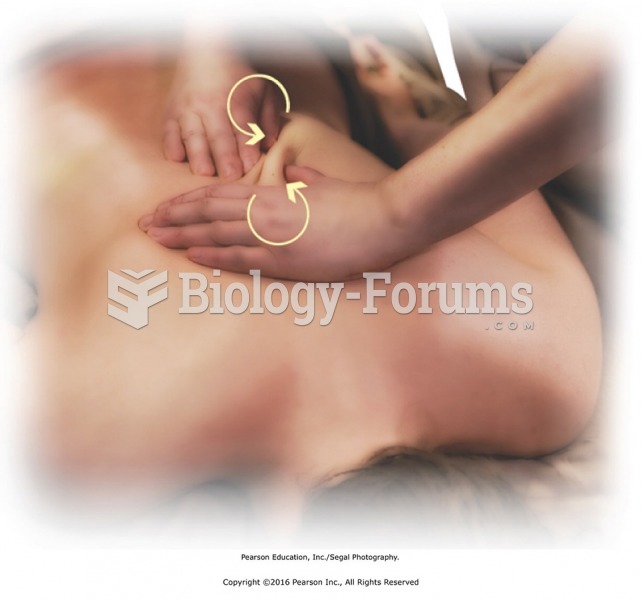This topic contains a solution. Click here to go to the answer
|
|
|
Did you know?
The average adult has about 21 square feet of skin.
Did you know?
Adults are resistant to the bacterium that causes Botulism. These bacteria thrive in honey – therefore, honey should never be given to infants since their immune systems are not yet resistant.
Did you know?
Pubic lice (crabs) are usually spread through sexual contact. You cannot catch them by using a public toilet.
Did you know?
The average human gut is home to perhaps 500 to 1,000 different species of bacteria.
Did you know?
There are approximately 3 million unintended pregnancies in the United States each year.
 A strike by 800 women shoemakers in Lynn, Massachusetts, in 1860. In 1851 a Lynn shoemaker had adapt
A strike by 800 women shoemakers in Lynn, Massachusetts, in 1860. In 1851 a Lynn shoemaker had adapt
 Parents around the world teach their children their religious beliefs and practices. This photo is ...
Parents around the world teach their children their religious beliefs and practices. This photo is ...
 Apply two-hand petrissage over the entire upper back. Place palms flat on back next to each other. ...
Apply two-hand petrissage over the entire upper back. Place palms flat on back next to each other. ...




